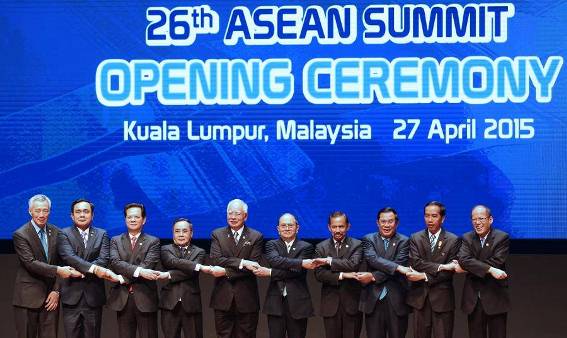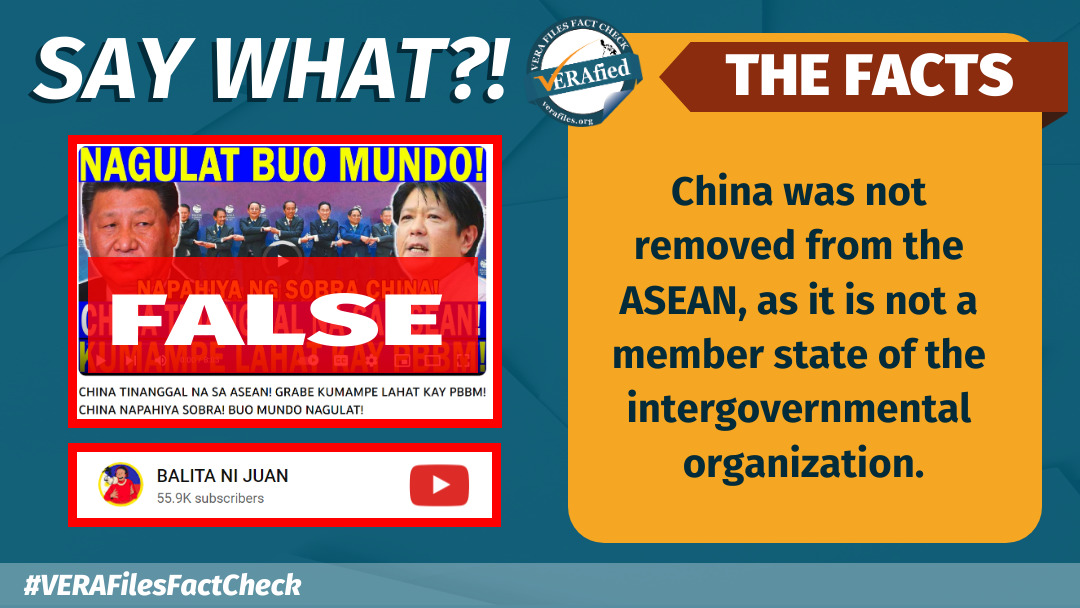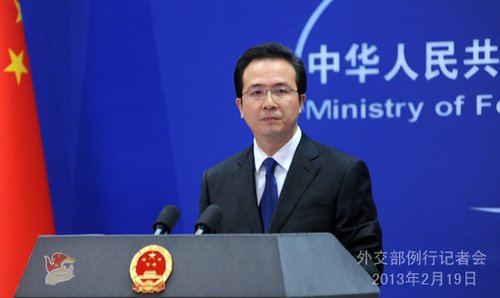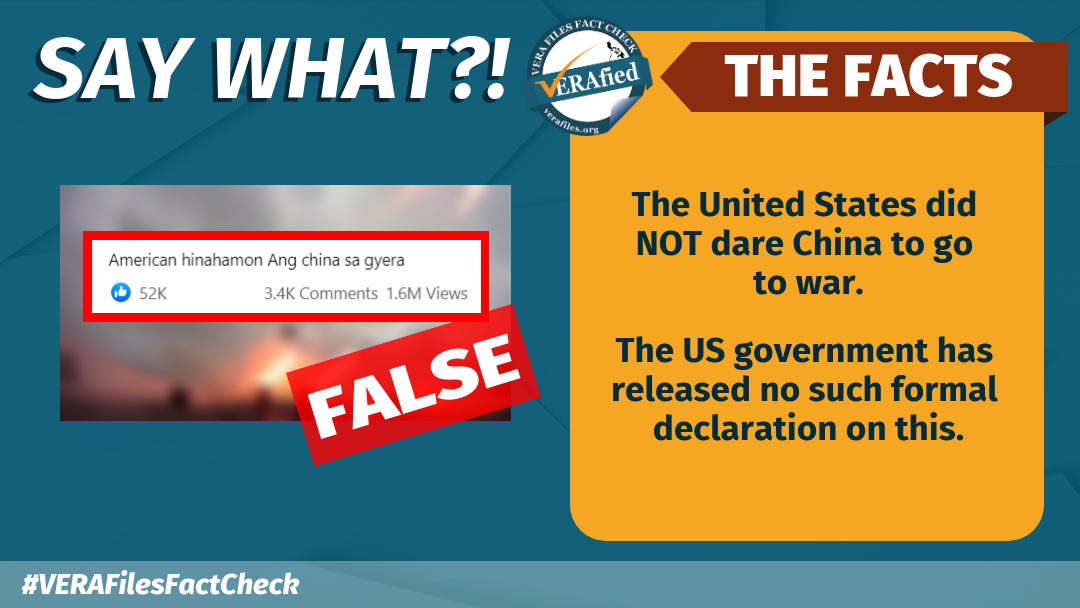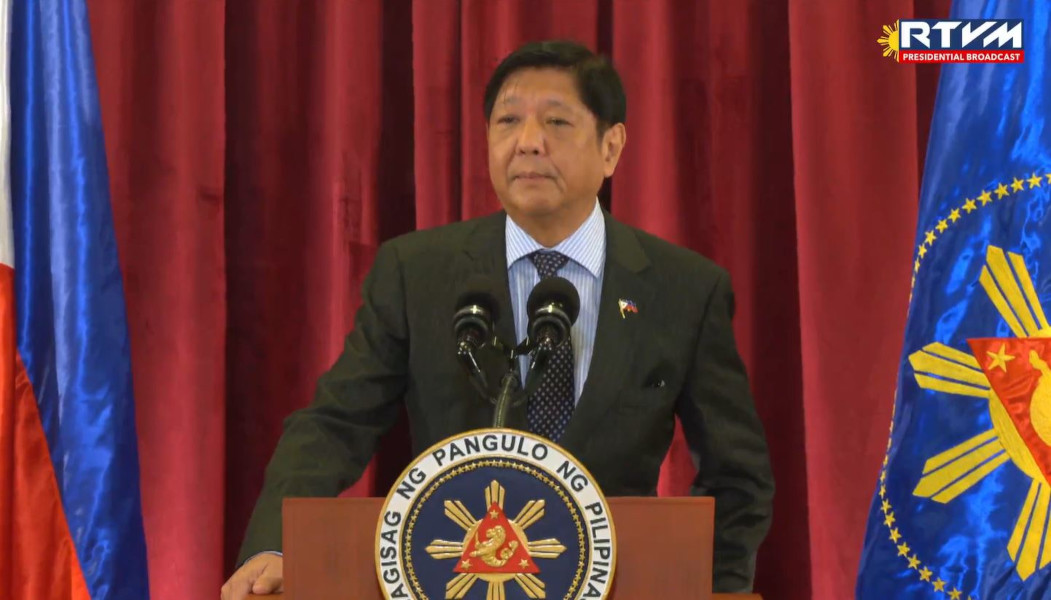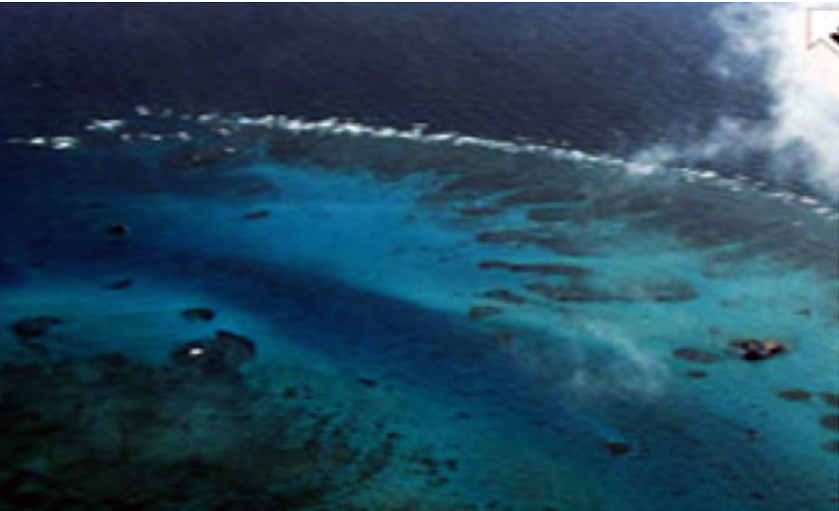
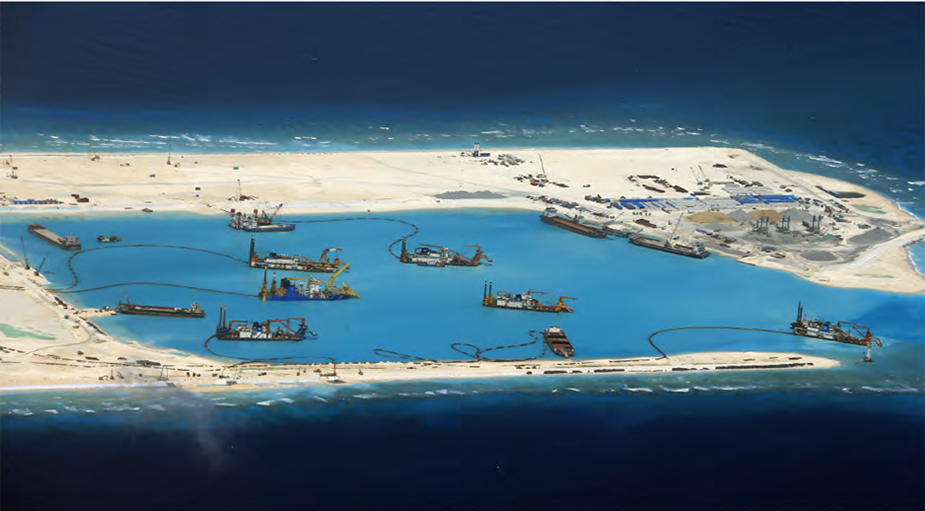
Fiery Cross before and during the reclamation
By ELLEN T. TORDESILLAS
THE standard press statement of Malacañang and foreign affairs officials prior to the President’s attendance in the annual summit of the Association of Southeast Asian Nations is for the Philippines to push for the adoption of the Code of Conduct in the South China Sea.
President Aquino did that a week before he took off for Malaysia for the 26th Asean summit. He said, “It’s imperative to push for the formulation of the Code of Conduct” especially now that “even the DOC seems to have been violated.”
The violations of the 2002 Declaration of the Code of Conduct in the South China Sea that Aquino was referring to are the massive reclamations and construction of military facilities in the seven reefs that China occupies in the disputed waters of the South China Sea.
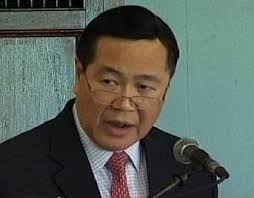
Senior Associate Justice Antonio T. Carpio said last Thursday,during the open forum in his latest lecture on the South China Sea dispute, not to expect the finalization of the Code of Conduct soon, not until China has completed its plan in the South China Sea.
The objective of the COC is to create a rules-based framework for managing and regulating conduct of parties in the South China Sea.
What is in place now is the Declaration of the Code of Conduct in the South China signed by Asean States and China in 2002 to promote a peaceful, friendly and harmonious environment in the SCS where four of the ASEAN countries – Brunei, Malaysia, Philippines and Vietnam – have overlapping territorial claims with China, which claims ownership of almost the whole of the SCS. Taiwan has the same claim as China.
As the name suggests, the DOC is just a declaration and not legally binding.
ASEAN and China have both agreed on the need for a more legally binding legal instrument. The ASEAN-China working group on the COC has met three times but the pace has been very slow.
Foreign Affairs Assistant Secretary for ASEAN Affairs Luis Cruz said, “At this point in time, I think the level of discussion of that joint working group is to identify the elements that can easily be achieved or agreed upon, or what they call the ‘low-hanging fruits.’ An example would be the opening of a hotline and activities on search and rescue operation.”
An Asean draft of the COC provides that the signatories “undertake to exercise self-restraint and not to complicate or escalate disputes and affect peace and stability in the South China Sea.”
It is a takeoff from a provision in the DOC which states that “The Parties undertake to exercise self-restraint in the conduct of activities that would complicate or escalate disputes and affect peace and stability including, among others, refraining from action of inhabiting on the presently uninhabited islands, reefs, shoals, cays, and other features and to handle their differences in a constructive manner.”
This is what the President has said as having been violated by China’s creations of islands out of the reefs they are occupying where they are building airstrips and military structures.
Foreign Secretary Albert del Rosario said in his intervention at last Sunday’s Asean Foreign Ministers Meeting scored China saying that “the massive reclamation was clearly intended to change the regional status quo, to advance our northern neighbor’s unreasonable, expansive and illegal so-called Nine-Dash Line claim, to undermine the rule of law and to render the DOC and the COC irrelevant.”
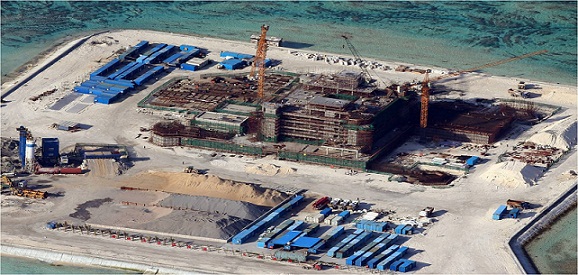
Analysts believe that China would only consider signing the COC after it has completed its plan of building military installations in the South China Sea that would break the First Island Chain (first major archipelagos off the East Asian continental mainland, including the Japanese archipelago, Ryukyu Islands, China’s Taiwan and the northern Philippines) that were meant to block China’s direct access to the Pacific Ocean.
Carpio said the dispute mechanism in the COC should adopt dispute settlement under the United Nations Commission on the Law of the Sea (UNCLOS).
The Asean draft COC includes a provision to “Establish a mechanism for settling disputes relating to the interpretation and application of the COC guided by the following principles:
- Ensure that any breach of the provisions of the COC will be settled by peaceful means
- Utilize the dispute settlement mechanism under the relevant provisions of the Treaty of Amity and Cooperation in the Southeast Asia.
- If cannot be resolved through procedure within ASEAN framework, parties may resort to dispute settlement mechanism provided under international law including UNCLOS.”
